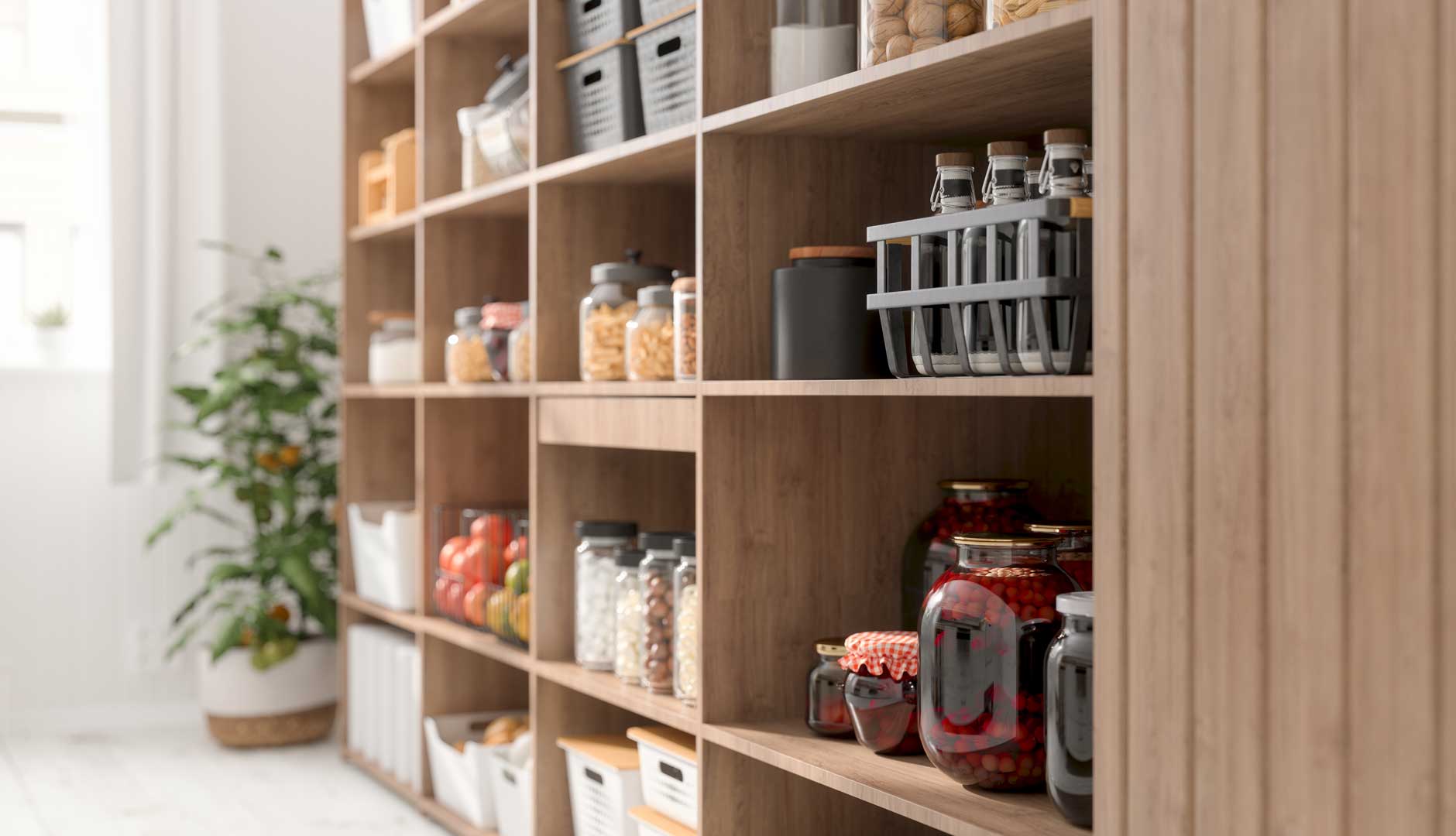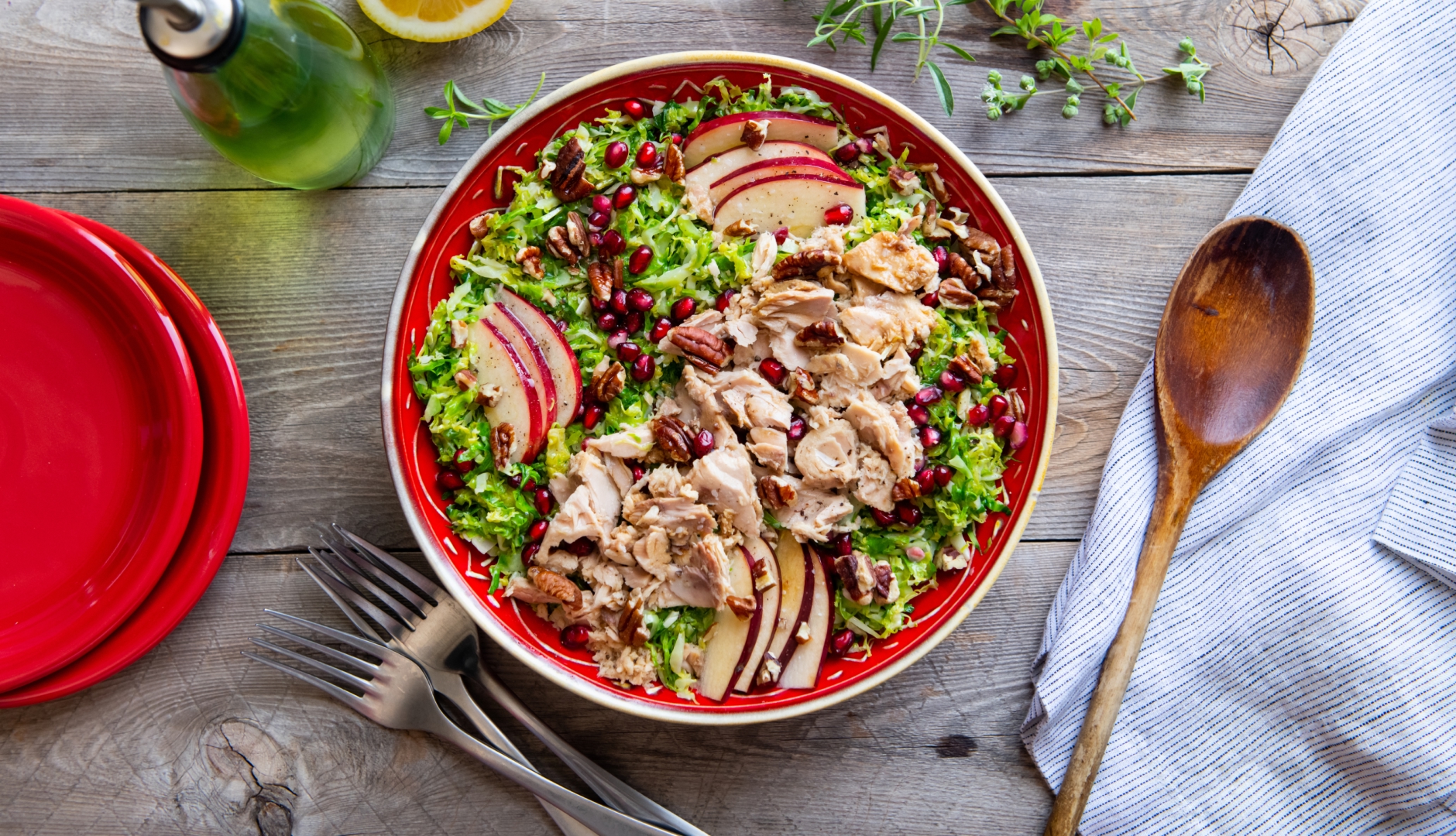How to Elevate Your Pantry
With summer officially winding down and school back in session, it’s a good time to refresh one of the most overlooked spaces in the kitchen: the pantry.

A thoughtfully-organized pantry not only helps you find what you need more quickly, but it also reduces food waste—saving both time and money—and creates more storage space for other items like small appliances.
So whether you have a single cabinet or a large walk-in, we hope these tips will help you assess what you have and inspire you to rediscover those ingredients buried in the back.
Start From Scratch
This means removing everything—and we mean everything—off the shelves. Go through every item and check expiration dates and near-empty or damaged containers. That unopened jam you received in a holiday gift basket three years ago? Toss it. Get rid of items you know you’ll never use.
Organize By Category
Group together items by general theme, not size or shape. For example, baking supplies like flour, sugar, and cake mixes can all go in their own area. Some other simple categories to consider are snacks, beverages, condiments and spreads, oils and vinegars, canned goods, spices, and pastas. This will help you keep track of what you have and make your pantry easier to navigate.
Location, Location, Location
When it comes to where you organize your categories, consider how frequently you use certain foods. You want to keep items you use regularly within easy reach. For items you use occasionally or not very often, we recommend placing them on higher, less accessible shelves.
Want to take your organization a step further? Invest in clear containers or canisters, tiered risers, shelf stackers, and a lazy susan for those deeper corners. These will help maximize storage and visibility. Plus, they’ll give your pantry a more sophisticated look.
Embrace The Mediterranean Lifestyle
If you’re looking to make more Mediterranean-inspired meals this fall, you’ll need to stock up on the right pantry essentials in addition to whole foods. Some essential items you’ll want to have on hand are:
- High quality olive oil
- Canned seafood like tuna, salmon, and sardines
- Beans and legumes
- Whole grains
- Dried herbs and spices
- Canned vegetables like canned olives, tomatoes, and artichokes
- Dried fruit
- Nuts and seeds
Remember, before you write up that grocery list, “shop” your pantry first.
Here’s to cleaner kitchens and a more delicious and nutritious way of eating!


